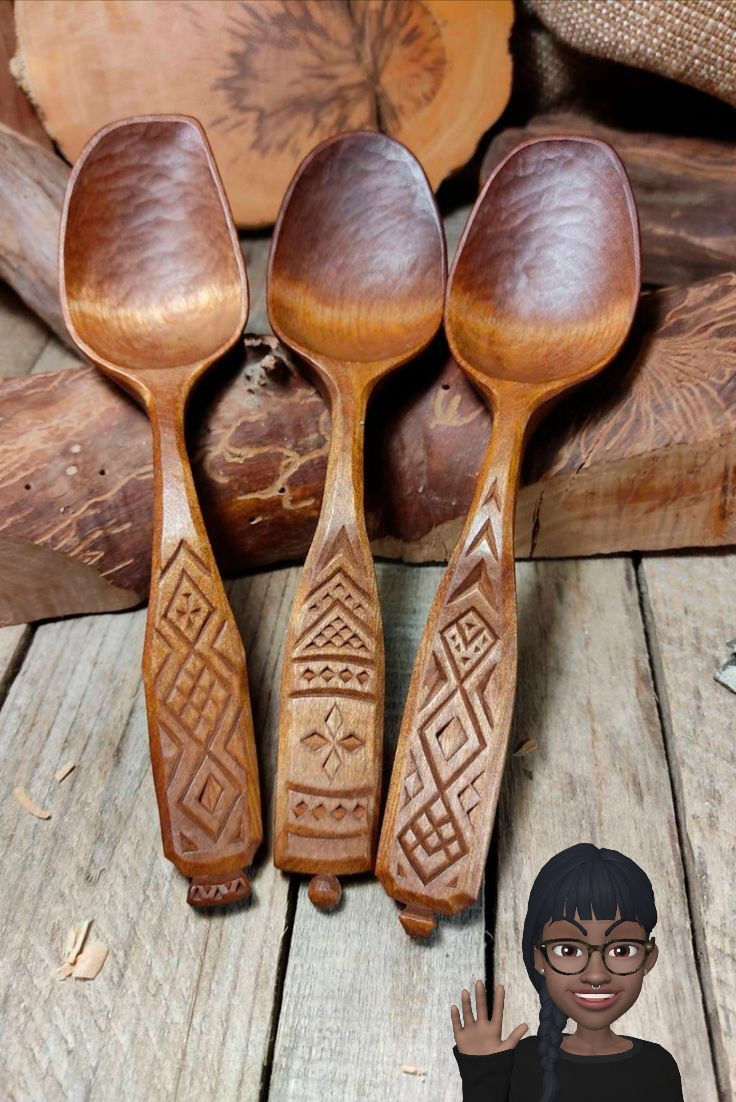Exploring the Renaissance of Artisanal Crafts in the Modern Art World...
- Koöko Fleurs
- Jan 4, 2024
- 4 min read
Updated: Apr 6

The art world is constantly evolving, with new trends and movements emerging each year. As we delve into 2024, one of the most notable trends is the resurgence of artisanal crafts, blending traditional techniques with modern aesthetics to create unique and compelling works of art.
In an age dominated by digital technology, there's a growing appreciation for the tactile and the tangible. Handmade ceramics, woodworking, and textile arts are experiencing a renaissance, as both artists and collectors seek a more personal connection to the objects that surround them. These artisanal crafts are not only being showcased in galleries but are also being reimagined through digital formats, such as virtual reality experiences, bringing a new dimension to the appreciation of craftsmanship.
However, here are some popular artisanal crafts from around the world:
Glass Blowing – Murano, Italy: The island of Murano is renowned for its exquisite glass blowing, a craft that has thrived since the 8th Century.
Leather Tanning – Fes, Morocco: Moroccan leather tanners use age-old techniques to create vibrant, high-quality leather goods.
Ikebana Flower Arranging – Japan: Ikebana is the Japanese art of flower arrangement, emphasizing nature and humanity’s connection.
Azulejo Tile Work – Portugal and Spain: Azulejos are painted, tin-glazed ceramic tiles that are a significant aspect of Portuguese and Spanish architecture.
Lace Making or Macrame: This ancient craft involves creating an openwork fabric with intricate patterns and designs.
Calligraphy: The art of beautiful handwriting, calligraphy is practiced worldwide with various styles and instruments.
Pyrography: Also known as wood burning, pyrography is the art of decorating wood or other materials with burn marks.
These crafts not only represent the skill and dedication of the artisans but also contribute to the cultural richness of their respective regions. By purchasing these crafts, attending workshops, or even learning the crafts themselves, people can help keep these traditional skills alive and thriving.
Sustainability and Artisanal Practices
Sustainability has become a key concern in all industries, and the art world is no exception. Artisans are increasingly using eco-friendly materials and methods, emphasizing the importance of environmentally conscious practices. This shift not only appeals to the eco-aware consumer but also adds a layer of narrative and purpose to the artworks themselves.
The Rise of Online Art Markets
The online art market has seen significant growth, with platforms offering a new way for artisans to reach a global audience. The convenience and accessibility of online shopping have made it easier for consumers to discover and purchase unique artisanal pieces from the comfort of their homes.
Artisanal Art in Public Spaces
Public art installations are incorporating artisanal elements, bringing art out of the traditional gallery space and into the community. These installations often involve local artisans, fostering a sense of community and highlighting the cultural significance of artisanal crafts.
The art world in 2024 is a testament to the enduring appeal of the handmade and the artisanal. As we continue to navigate the digital landscape, the desire for authenticity and craftsmanship becomes ever more pronounced. The fusion of traditional artisanal skills with contemporary art forms creates a rich tapestry of cultural expression that resonates with audiences worldwide.
One artisanal artist who has been influential in the world of ceramics is **Magdalene Odundo**. Born in Kenya, Odundo's work is celebrated for its distinctive shapes and smooth, lustrous surfaces. Her hand-built pottery is often inspired by traditional African ceramics, but she also draws influence from ancient Greek, Roman, and Etruscan forms.
Odundo's pieces are typically created through a meticulous process of coiling and scraping, without the use of a potter's wheel. The surfaces are then burnished with a smooth stone to achieve a glossy finish. Her works are known for their dynamic, asymmetrical forms and have been exhibited in museums and galleries around the world.
Magdalene Odundo's artistry is a testament to the power of traditional methods in contemporary craft, and her work continues to inspire new generations of ceramic artists and artisans. If you're interested in learning more about artisanal artists or exploring different crafts, there are many resources available that celebrate the diversity and creativity of artisans globally.
Supporting artisans is a wonderful way to contribute to the community and help preserve traditional crafts.
Here are some ways you can support artisans:
Commission Unique Work: Request custom pieces from artisans, which not only gives you a unique item but also supports their craft directly.
Visit Local Markets and Stores: Make an effort to stop by artisan stalls and shops. Even if you don't buy something every time, showing interest in their work can be encouraging.
Engage with Social Media: Like, share, and comment on their posts. This helps increase their visibility and reach a wider audience.
Involve Artisans in Community Decisions: Ensure that local artisans are included in civic discussions, especially those that affect their livelihoods, like developments in foraging areas.
Choose Artisanal Items for Gifts: For weddings, corporate events, or parties, consider giving gifts made by local artisans. This not only supports the artisans but also provides a unique and personal touch to your events.
Make Donations: If possible, donate to local artisan groups or co-ops to help them continue their work and pass on their skills.
Attend Events: Go to local art shows, exhibitions, or craft fairs to show your support and appreciation for their work.
By implementing these steps, you can make a significant impact on the livelihood of local artisans and the preservation of artisanal traditions.
The art world in 2024 is a testament to the enduring appeal of the handmade and the artisanal. As we continue to navigate the digital landscape, the desire for authenticity and craftsmanship becomes ever more pronounced. The fusion of traditional artisanal skills with contemporary art forms creates a rich tapestry of cultural expression that resonates with audiences worldwide.











Comments